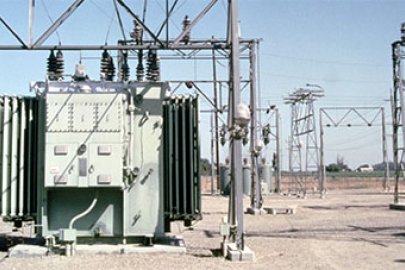Search for DR and TVP Programs and Rates
Demand response (DR) is a short-term, voluntary decrease in electrical consumption by end-use customers that is generally triggered by compromised grid reliability or high wholesale market prices. In exchange for conducting (and sometimes just committing) to curtail their load, customers receive a rate discount, a bill credit or some other remuneration.
The majority of U.S. utilities offer their commercial and industrial customers at least some kind of DR option. In addition, the country's seven independent system operators/regional transmission organizations (ISO/RTOs) each sponsor DR programs or enable owners of demand response capabilities to bid into their markets for energy, capacity or other grid-support services. Demand-response capabilities often involve the ability to reduce consumption or use a behind-the-meter generator to serve a load that otherwise would be served by the grid or some combination of the two.
Time-variable pricing (TVP)—in which electricity prices vary at different times of day (and often seasonally)—is also widespread in the electricity markets. Most utilities offer at least one TVP option for any given customer class. These often include simple time-of-use (TOU) rates, where prices move at set times and amounts through the day—generally with an afternoon peak period, overnight off-peak hours, and two "shoulder" periods in the hours in between.
Additional TVP types are:
- Real-time pricing (RTP): The prices charged to customers closely match either the underlying wholesale electricity market or the utility's cost of production
- Day-ahead hourly pricing: The provider publishes its prices (reflecting its cost of acquisition or production) for the following day
- Block-and-index pricing (sometimes called block-and-swing pricing): A combination of fixed pricing and RTP (i.e., the customer locks in some of its load at fixed prices and faces market pricing for additional usage).
There are other types of TVP, but most are variants of those listed above.
DR programs and TVP arrangements reflect the dynamic nature of electricity availability, delivery, and production costs. These costs can vary significantly over time, even every few minutes. These programs provide incentives for electricity consumers to manage loads by encouraging load curtailment and/or shifting, thereby mitigating some of these fluctuations and risks. Customers stand to gain substantially from participating in DR and TVP options, especially if they can adjust their electricity usage occasionally in response to market signals such as DR event notifications or price fluctuations.
Key Resources
Recommended FEMP Courses
Quick Links
Need Assistance?

Need energy management guidance? Can't find a document or tool? FEMP can help. Ask FEMP a question.



